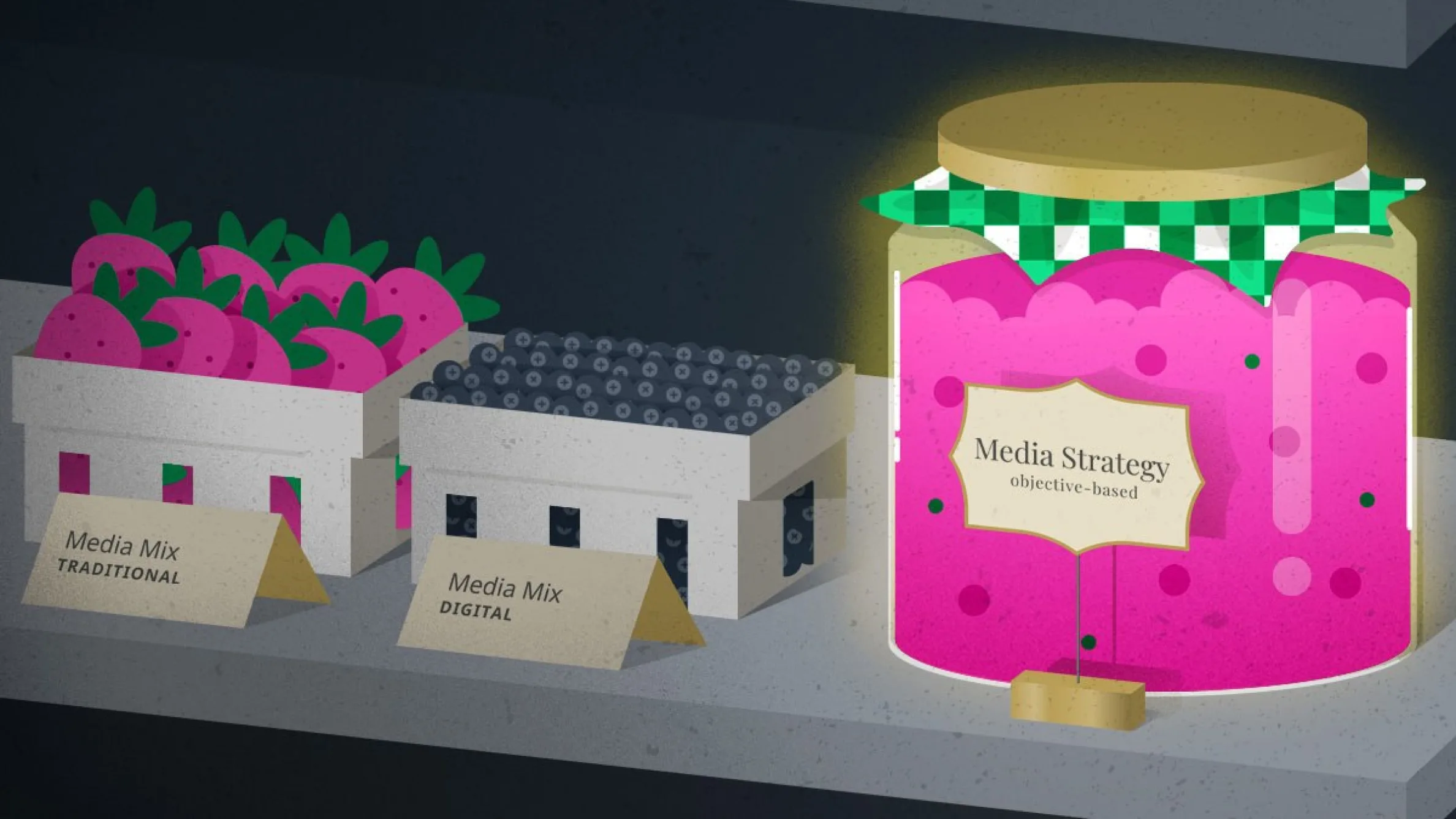
Building a Better MarCom Plan: Shift from Media Mix to Media Strategy
While the process of marketing communication (MarCom) planning can occur at any time of the year, I have found that many ag organizations start this process in the fall (for plans that align with the calendar year) or the spring (for plans that align to the crop and/or fall sales seasons).
This means that there are likely a good number of you reading this that are either in the midst of or will soon be developing, your MarCom plans and therefore looking for ways to improve them. To help, in this blog series, I will walk you through three specific tips that I’ve used to help many ag clients build better plans. In case you missed them, you can read tip #1 and tip #2 of the series here.
My approach
As someone who has served the ag industry in a marketing capacity for over 20 years, I can comfortably say that ag is a laggard in the disciplines of marketing, branding, advertising and digital. Ag has yet to fully embrace the best practices that have been developed, proven and adopted in these areas by other industries.
When working with ag clients on their MarCom plans, I challenge them to think beyond agri-marketing. The goal is to make sure they are putting forward their best marketing effort — period (not just the best marketing effort in ag).
The following tips are rooted in best practices I have seen other industries taking advantage of but are still not commonplace in ag.
Tip #3: Shift from media mix to media strategy
When working with ag organizations, I find that most still define their annual media plan and buy using a standard media mix approach. What I mean by this is that they determine and align their media spend based on the usual buckets of:
- Traditional media (Possibly broken down further into print, radio, out-of-home, etc.)
- Digital media (Possibly broken down further into endemic, programmatic, social, etc.)
Or,
- Paid media
- Earned media
- Owned media
Unfortunately, taking this approach limits you in two major ways.
Firstly, it assumes that your MarCom plan must be putting dollars towards each of the categories defined, which may not be the case depending on your overall goals and objectives.
Secondly, even if you do need to put dollars towards each, it forces you to arbitrarily assign these dollars based on media type versus media purpose.
What I suggest instead, is to consider defining and aligning your media spending based on strategic intent.
More specifically, what do you want/need the media to achieve?
In this model, your media would fall into the following categories instead (or something similar):
- Awareness-based media where the intent is to create and/or deepen the audience’s level of awareness of something that is of strategic importance
- Engagement/consideration-based media where the intent is to get your audience to consider, research, and learn about something you’d like them to act upon
- Decision-based media where the intent is to get your audience to take the action and/or make the decision you strategically desire
In this model, you would still select different media types to invest in, but the selection would be based on whether they are best capable of fulfilling the strategic needs you have versus how they align with pre-set budget allocations.
With a finite budget, one of the most critical parts of developing a strong MarCom plan is strategically determining where and how to invest. With this and my other tips (Tip #1 and Tip #2), I hope I’ve given you some guidance to do exactly that.
For more information on MarCom planning best practices, click here, sign-up for our e-newsletter (below), or book a meeting.
About the Writer:
David Lazarenko – Executive Vice President and Partner at Think Shift
David has spent more than 20 years leading strategy and marketing efforts in agri-business. He has led successful brand and product launches, re-branding and brand alignment initiatives, sales campaigns, and corporate responsibility campaigns for some of agriculture’s most successful corporations, including ADAMA, Bayer, Cargill, Monsanto, Trimble Agriculture and Westeel. David’s commitment to agriculture and thought leadership in marketing was recognized with his award as the Canadian Agri-Marketing Association’s 2018 Agri-Marketer of the Year.
Up Next
